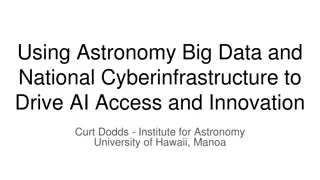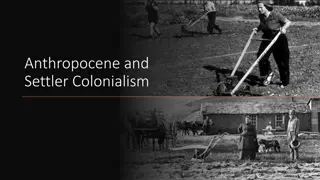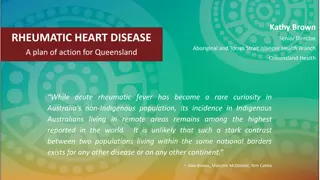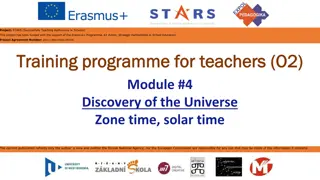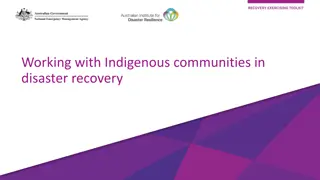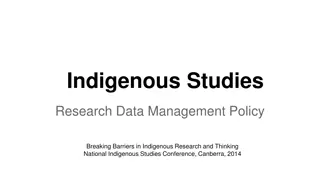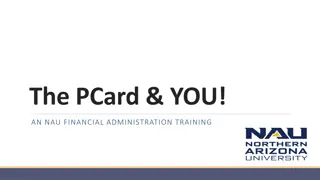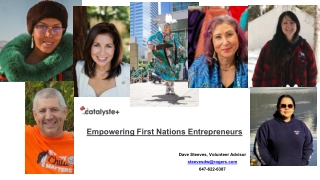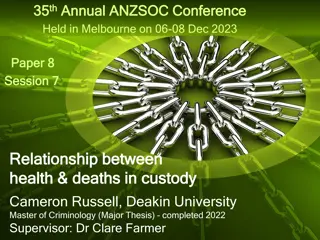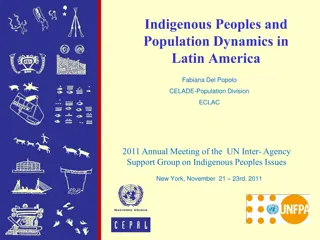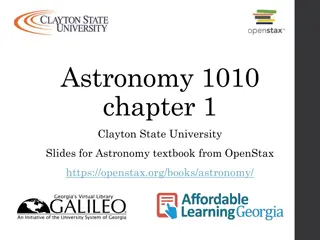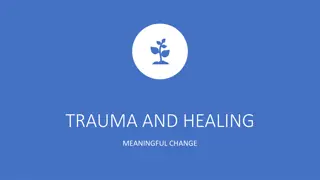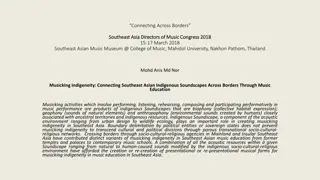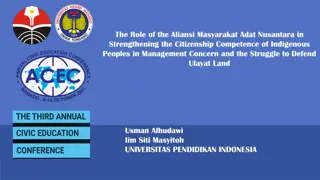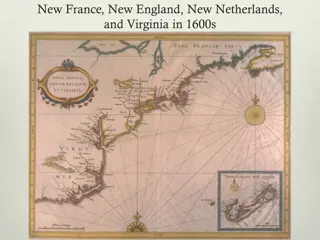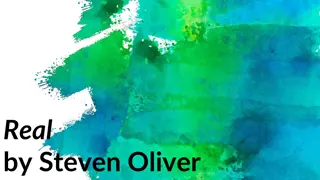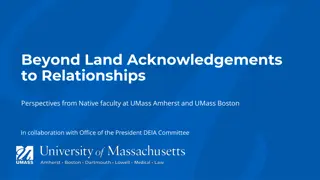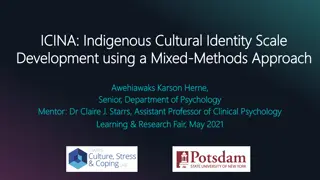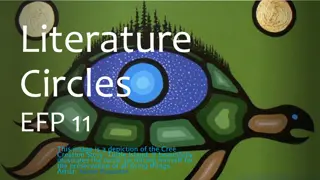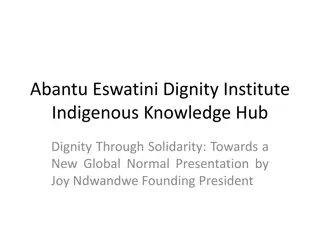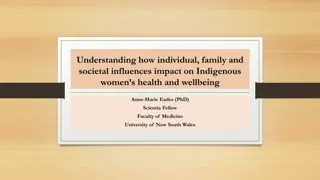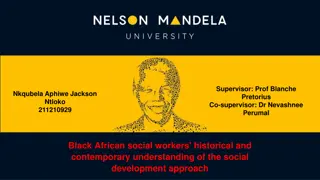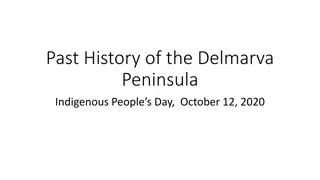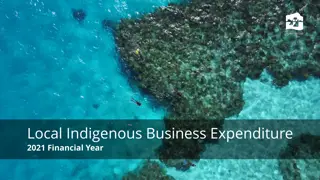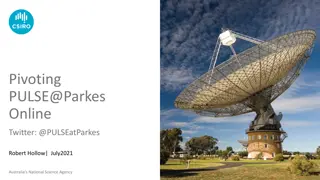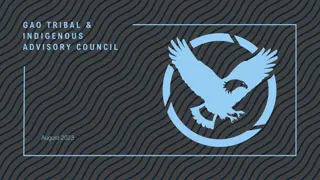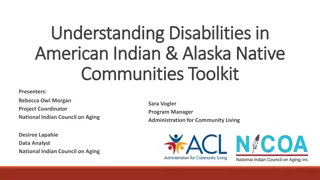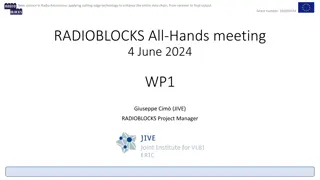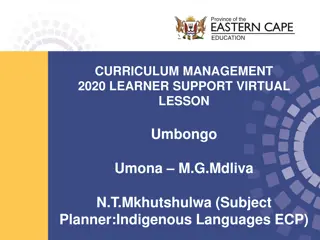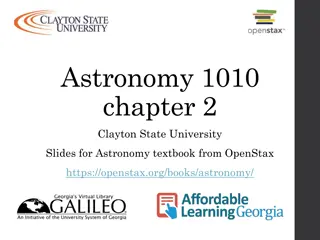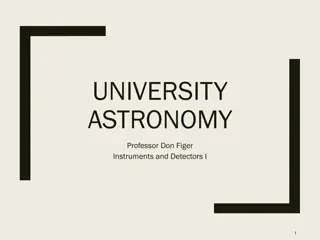Innovating Astronomy Education at NAU Through Indigenous Perspectives
Explore how Northern Arizona University is reshaping astronomy education using innovative teaching styles with a focus on Indigenous Astronomy. Gain insights into effective teaching methods, the importance of Indigenous Astronomy lab content, teaching approaches, and creating engaging lab materials. Discover how to teach Indigenous Astronomy, understand cultural perspectives, and develop content for a diverse student experience. Diverse resources and strategies are shared to enhance learning and cultural awareness in astronomy education.
- Astronomy Education
- Indigenous Perspectives
- Innovative Teaching
- Effective Methods
- Cultural Awareness
Download Presentation

Please find below an Image/Link to download the presentation.
The content on the website is provided AS IS for your information and personal use only. It may not be sold, licensed, or shared on other websites without obtaining consent from the author. Download presentation by click this link. If you encounter any issues during the download, it is possible that the publisher has removed the file from their server.
E N D
Presentation Transcript
Redefine NAU Astronomy Courses with Innovative Teaching Styles Northern Arizona University Department of Astronomy and Planetary Science Principle Investigator: Savannah Perez Mentor: Lisa L.-H. Chien, Ph. D.
What are Effective Teaching Styles? Student-Centered classroom for content discovery Flipped classroom Student interaction: activities in class, lab content Goal: Use one of these teaching styles to create content for AST201: Indigenous Astronomy course Start by outlining Units and Lesson objectives Create activities/classwork/projects Create online instructional pieces Video Lesson Reading Material Image: San Francisco Peaks - Navajo Sacred Mountain Credit: Navajo People, www.navajopeople.org
Why Indigenous Astronomy Lab Content? Important for Arizona and Flagstaff community Applying indigenous astronomy as a group Discuss local tribe history Broaden student cultural awareness Take a 200+ student class and create 20+ student lab time Easier for collaboration and resources Created under NASA Space Grant Online class content NAU approved lab content Will be implemented Fall 2021 Image: Chaco Canyon, Pueblo Bonito at night Credit: National Park Service. www.nps.gov
How Do You Teach Indigenous Astronomy? Class Content Cultural Understanding Father Sky Mother Earth Discussion Points Native History Lessons about different tribes (Southwest, Mesoamericans, Hawaiians, etc.) Parallels between Western vs Traditional Indigenous Astronomy Indigenous/Western constellations Star lores vs stellar astronomy Cosmology/Cosmogony Planetary motions in the two views Image: The Year the Stars Fell: Lakota Winter Counts at the Smithsonian Credit: Smithsonian Institution, www. si.edu
How You Can Create Lab Content Break down the main concepts and objectives of each unit Develop an activity where students discover the concepts Plan out how one can give instruction for this lab Create additional material for to account for additional time Additional Resources Used: Society for Cultural Astronomy in the American Southwest http://www.scaas.org National Museum of the American Indian https://americanindian.si.edu
Plans For the Future Finish Student Lab Manual Includes labs for both Spring and Fall semesters Create Instructor Lab Guide Includes: Keys, Content Description, Additional Activities, Additional Resources Outline Instructor Unit/Lesson Guide Acknowledgements Thank you to NASA Space Grant for supporting this project. Thank you to the Hooper Undergraduate Research Award (HURA) for funding this project. What Questions Can I Answer?


